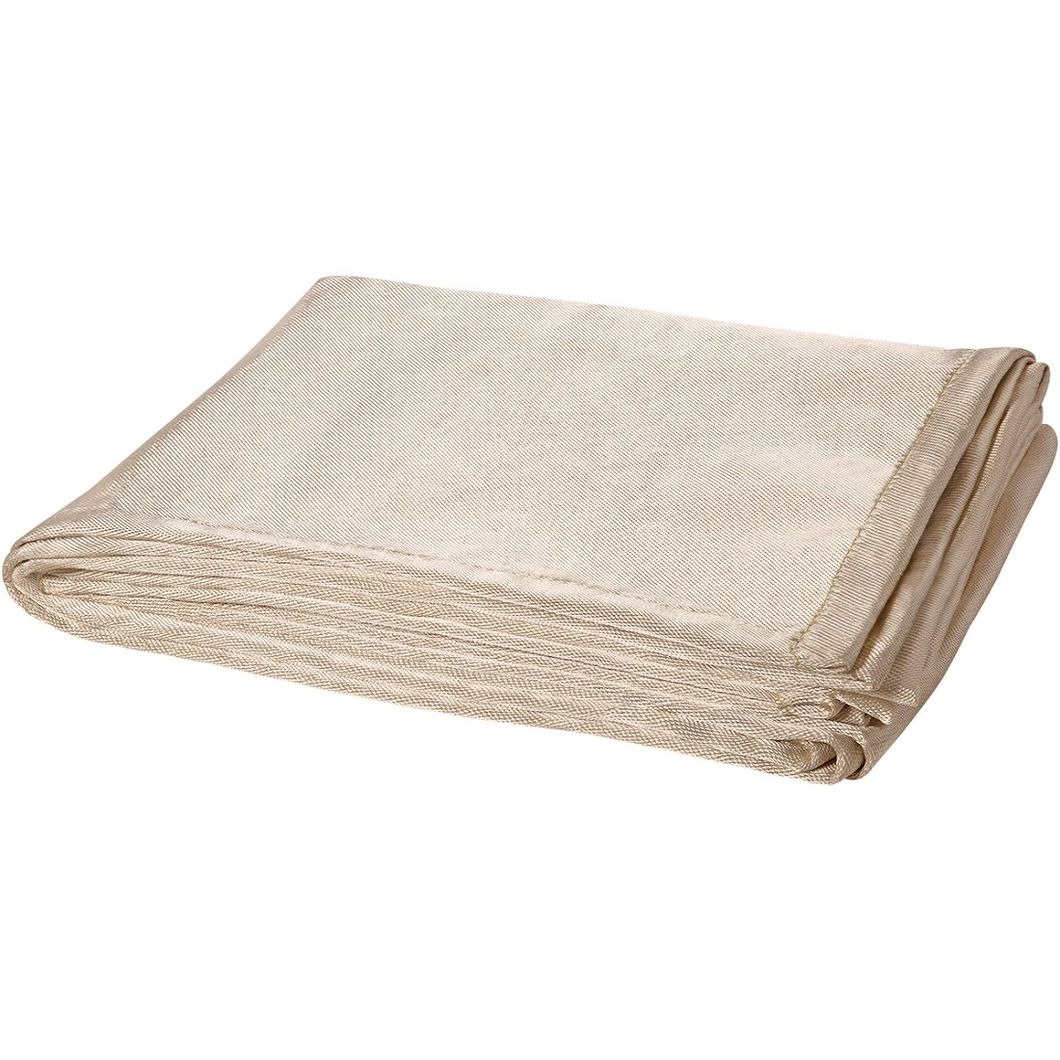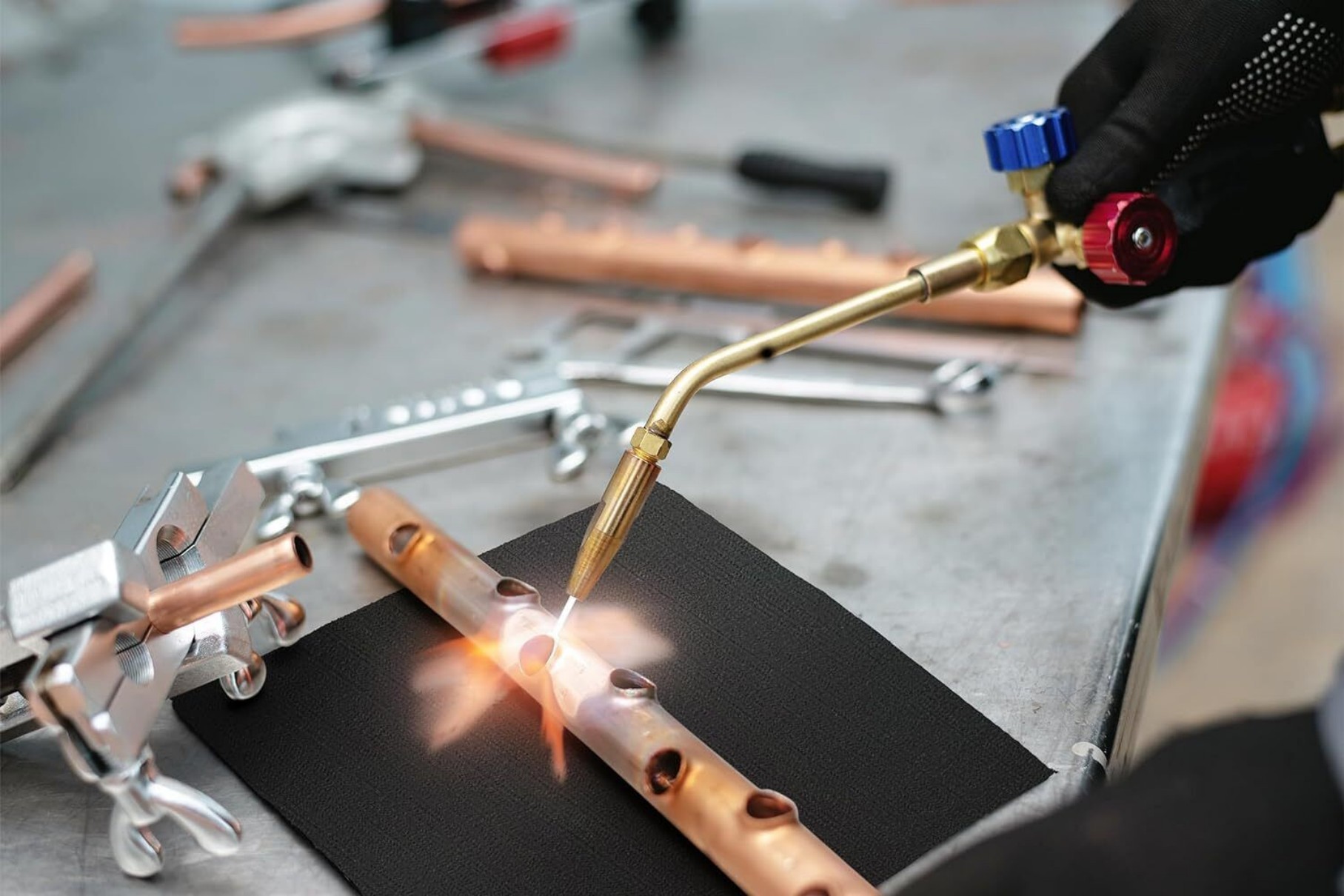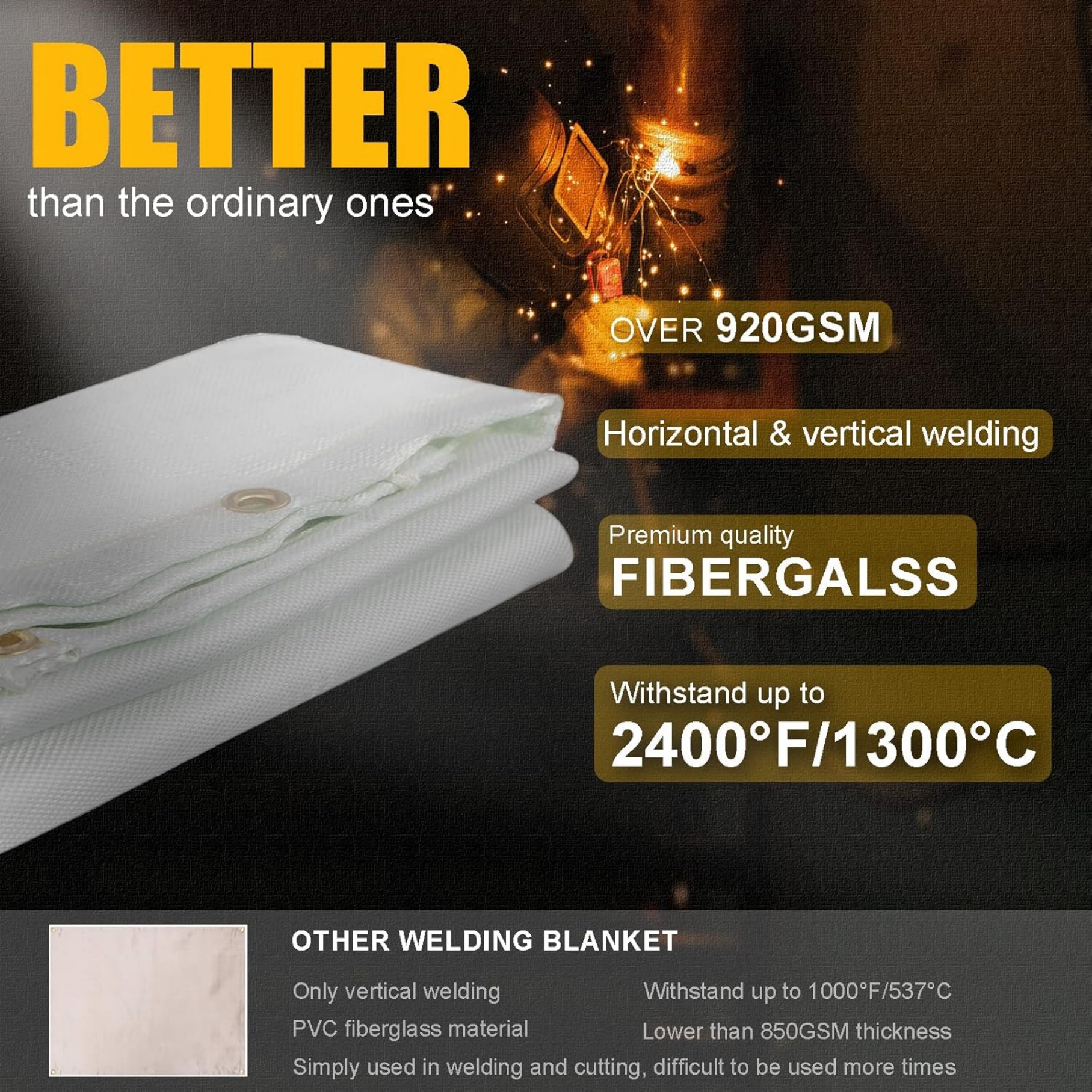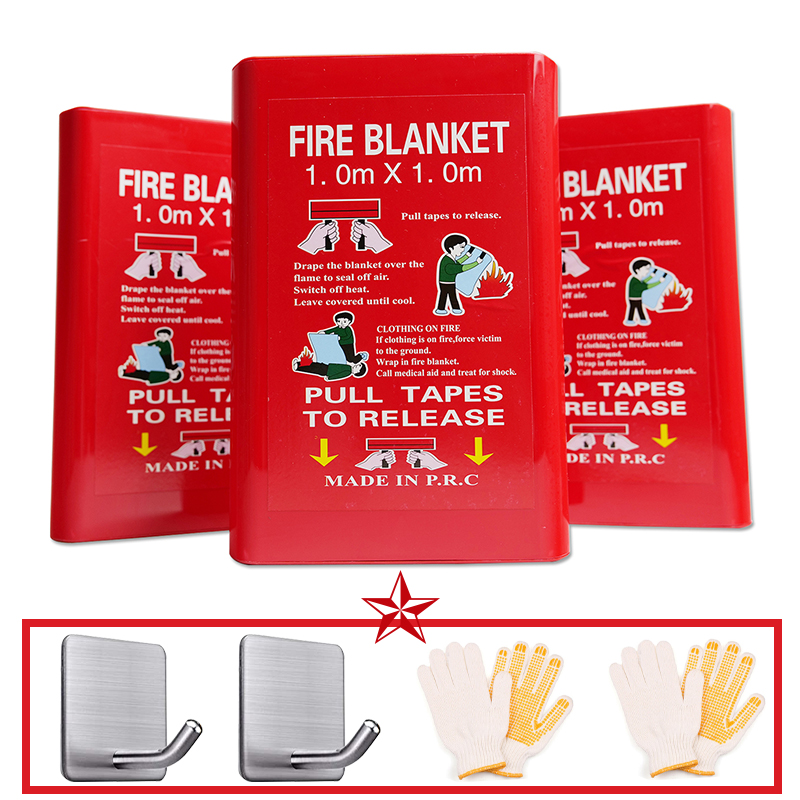Understanding Fire Blanket Black Residue: Causes, Prevention, and Cleaning Tips
Fire blanket black residue occurs after use, leaving stubborn marks. This article explains why it happens, how to prevent it, and safe cleaning methods. You'll learn proper fire blanket maintenance to ensure effectiveness and longevity.
What Causes Fire Blanket Black Residue?
When you use a fire blanket to smother flames, the intense heat creates black residue on its surface. This occurs because:
- The high temperatures carbonize fibers and any organic material
- Chemical reactions between the blanket material and combustion byproducts
- Deposition of soot and smoke particles on the blanket surface
Modern fire blankets typically use fiberglass or wool treated with fire retardants. While effective, these materials can still show black residue after extinguishing fires, especially grease or chemical fires.
Note:Some black residue is normal and doesn't necessarily mean your fire blanket is damaged. However, excessive residue might indicate the blanket needs replacement.
Is Fire Blanket Black Residue Dangerous?
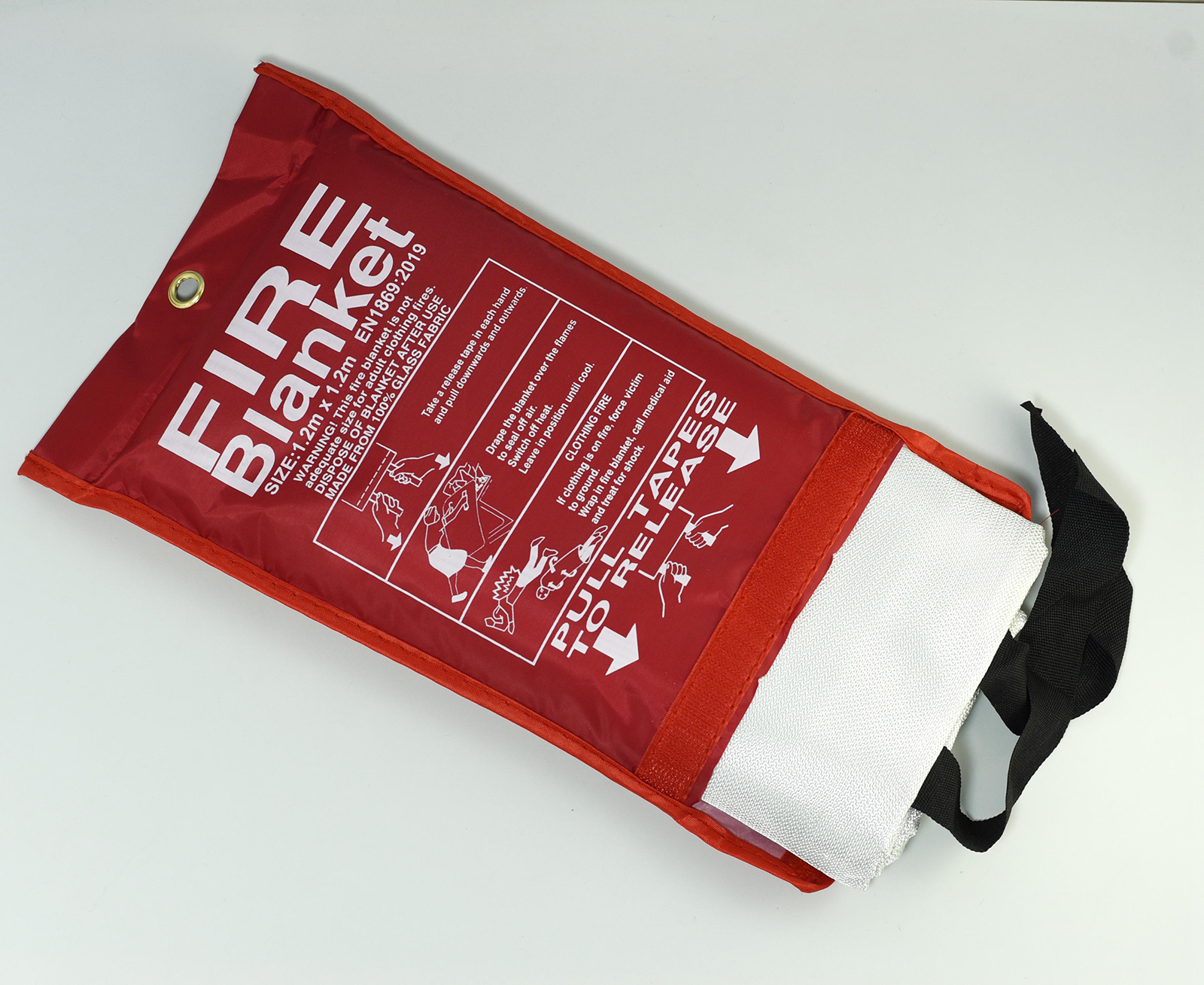
The black residue itself isn't typically hazardous, but you should handle it carefully:
- Wear gloves when cleaning to avoid skin irritation
- Work in a well-ventilated area as residue may contain microscopic particles
- Dispose of heavily contaminated blankets properly - check local regulations
If your fire blanket shows extensive black residue after use, it's often best to replace it rather than attempt cleaning. Fire blankets are designed for single-use in most cases.
How to Clean Fire Blanket Black Residue
For light residue, you can try these cleaning methods:
- Shake it outdoors: Remove loose particles away from living areas
- Vacuum gently: Use a brush attachment to avoid damaging fibers
- Spot clean: Damp cloth with mild detergent for small areas
- Professional cleaning: Some companies specialize in fire equipment restoration
Avoid these cleaning mistakes:
- Don't machine wash - this can damage fire-retardant treatments
- Don't use harsh chemicals that might degrade the material
- Don't scrub vigorously - this can weaken the blanket's structure
Preventing Excessive Fire Blanket Black Residue
While some residue is inevitable, you can minimize it by:
- Using the blanket correctly - completely smother the flames without gaps
- Storing properly - keep in its protective case away from dust and moisture
- Choosing quality blankets - higher-grade materials resist residue better
- Regular inspection - check for damage that might lead to more residue
Remember that fire blankets have expiration dates. Even unused blankets lose effectiveness over time as treatments degrade.
When to Replace Your Fire Blanket
Consider replacing your fire blanket if you notice:
- Extensive black residue covering most of the surface
- Visible holes, tears, or thinning areas
- Stiffness or brittleness in the material
- Expired manufacturer date (typically 5-7 years from manufacture)
After actual use, most manufacturers recommend replacing the blanket immediately, regardless of visible damage.
Professional Tip:Keep a spare fire blanket if you work in high-risk environments like kitchens or workshops. The small investment could prevent significant damage.
Choosing the Right Fire Blanket to Minimize Residue
When purchasing a new fire blanket, consider these factors to reduce black residue issues:
- Material:Fiberglass blankets generally show less residue than wool
- Size:Larger blankets allow you to cover fires completely without edges burning
- Certifications:Look for EN 1869 or similar standards
- Thickness:Thicker blankets (1-2mm) withstand higher temperatures
While no fire blanket is completely residue-free, quality products will perform better and leave less mess.
Final Thoughts on Fire Blanket Black Residue
Fire blanket black residue is a normal byproduct of their lifesaving function. While you can minimize it through proper use and maintenance, some discoloration is inevitable when extinguishing fires. Focus on safety first - a slightly stained blanket that works is better than a pristine one that fails when needed.
Regularly inspect your fire blanket and replace it according to manufacturer guidelines or after actual use. Proper care ensures your fire blanket will be ready when emergencies strike.


